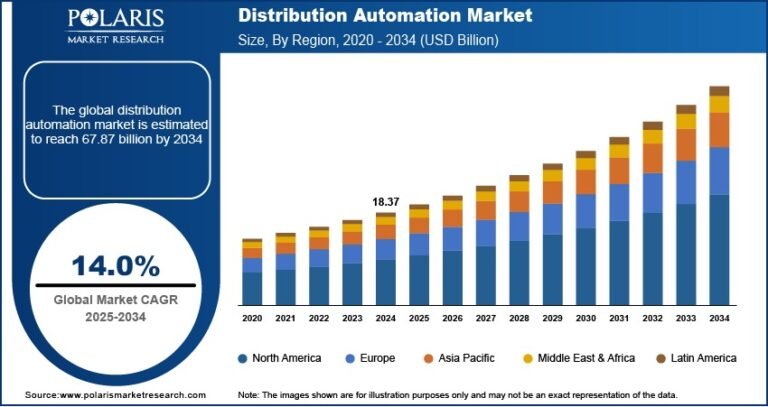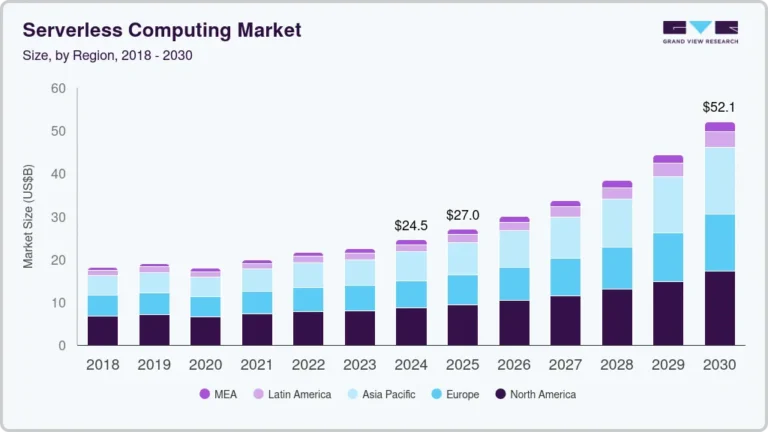E-commerce Software Market Size, Share & Trends Analysis growing at a compound annual growth rate (CAGR) of 15.3% from 2023 to 2030

The global e-commerce software market size was valued at USD 7.12 billion in 2022 and is anticipated to grow at a compound annual growth rate (CAGR) of 15.3% from 2023 to 2030. E-commerce software simplifies complex processes and helps companies manage their inventory, calculate taxes, and manage other business-related functions effectively. The increasing adoption of online shopping among people has led to the demand for e-commerce software among several retailers. For instance, according to the U.S. Department of Commerce, e-commerce sales in the U.S. contributed to around 11.0% of the overall retail sales in 2019. With retailers such as Walmart and The Kroger Co. investing heavily to increase their e-commerce sales, it is expected that the market will witness significant growth over the forecast period.
Request a free sample copy or view report summary: https://www.grandviewresearch.com/industry-analysis/e-commerce-software-market/request/rs1
Reduction in additional costs due to the adoption of online platforms combined with the ease of online business is expected to upkeep market growth from 2020 to 2027. Furthermore, e-commerce software automates business processes by eliminating manual processing errors. The software also provides customers with options to customize delivery dates and times, which enhances customer experience. Companies such as Shopify are integrating Artificial Intelligence (AI) tools to help retailers analyze customer’s buying patterns and estimate the future demand for various products. Owing to these advantages, the number of retailers opting for e-commerce software is bound to rise over the coming years, thereby resulting in market growth.
The increasing adoption of mobile phones for online shopping has led market players such as Shopify to customize their software and operate on these devices. With the high internet penetration rate and the rising number of mobile users, online shopping over these devices is bound to rise. The GSM Association (GSMA) estimates that the internet penetration rate in mobile devices will rise from 48.9% in 2019 to around 60.5% in 2025. Furthermore, the introduction of high-speed internet technology, such as 4G and 5G, is anticipated to impact the growth of the market for e-commerce software positively.
The rising number of e-tailers is also anticipated to generate huge demand for e-commerce software over the forecast period. E-tailers sell their products and services to customers over online platforms and do not need to own or rent a physical store. Their dependency on e-commerce platforms is high as compared to other retailers. However, data security issues due to the increasing cyber-attacks are expected to pose a challenge for the market for e-commerce software. Market players such as 3dcart are focused on offering solutions that have advanced security features to overcome this challenge. The company provides an e-commerce software platform with additional features that reduce the need to install insecure modules and plugins.
Increasing adoption of e-commerce software in the automotive sector is expected to be the additional factor that is driving market growth from 2020 to 2027. Several automotive brands, such as CruiseMaster, JeepPeople, and Awesome GTI, are offering various automotive accessories, parts, and other related services online. These brands are engaged in updating their online storefront channels and are also launching multi-channel initiatives to enhance their business. All these factors are expected to generate growth opportunities for the market players.






